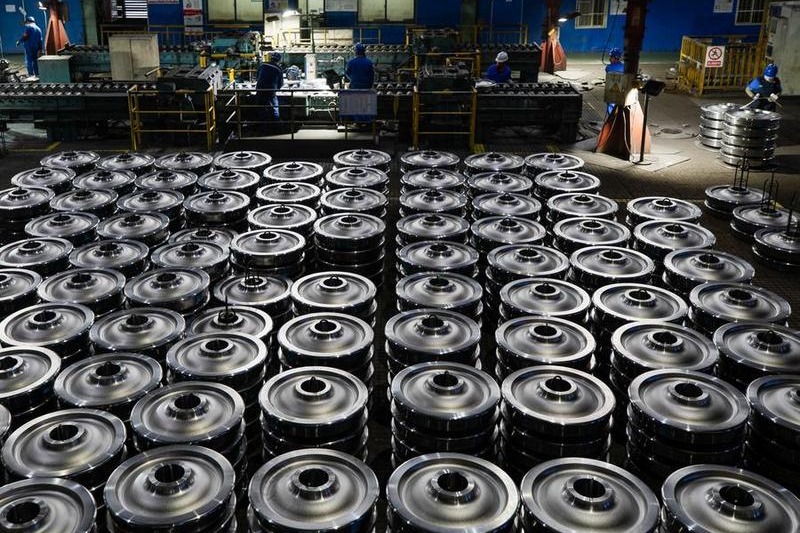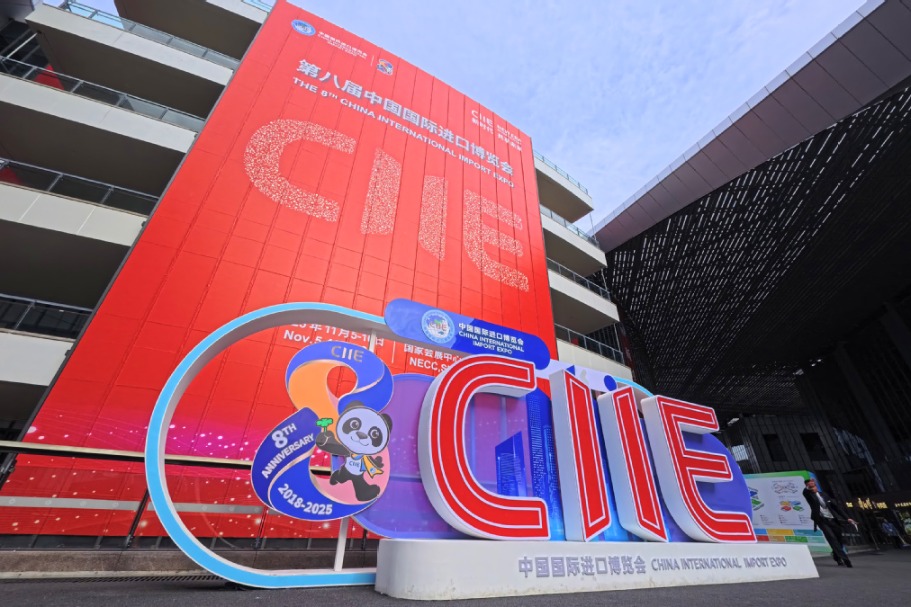First waste-to-energy plant in Ethiopia built

Habitamu Dagne was born and raised in Koshe in the southeastern part of Addis Ababa, Ethiopia's capital, so is well aware of the benefits that Reppie Waste-to-Energy Plant has delivered to the neighboring communities and the entire city.
The power plant, the first ever in Africa and which began operating in August 2018 after almost four years of construction, sits on seven hectares of the 50-year-old Koshe dumpsite, covering 37 hectares, that served as Addis Ababa's only landfill site.
Because of the low cost of living and the availability of recyclables they could collect to make money, many families including Dagne's relocated to the area, and some even built makeshift houses on top of the landfill.
"We had to put up with the bad smell emanating from the waste as well as smoke from the many frequent fires either erupting from the methane gas produced by the decomposing trash or started by scavengers as they tried to separate metals from plastics," Dagne said.
In March 2017 a landslide at the dumpsite killed 115 people and injured others.
Locals also have to cope with respiratory infections and other related diseases, which are common.
"I earned good money buying plastic waste and metals from scavengers, but the poor environment was harsh on my health," said Dagne, 29, now employed as a driver.
"I have lost count of the number of times I visited hospital due to respiratory diseases."
Melsew Yinunie, a liaison officer at Alert Hospital about two kilometers from the dump site, said that since the the Reppie Waste-to-Energy facility was set up there have been fewer cases of food poisoning caused by consuming dumped leftovers as well as fewer cases of respiratory infection.
"Judging by the reduction of such cases in the hospital it's appropriate to say that the plant has contributed a lot to the health improvement of the neighboring communities," he said.
The plant, built by China National Electric Engineering Co Ltd or CNEEC jointly with Cambridge Industries Ltd on behalf of Ethiopian Electric Power, has provided an improved environmental management of the landfill and sustainable management of municipal solid waste in the city.
Modern technology
Cambridge Industries Energy said the plant has adopted modern back-end flue gas treatment technology that ensures almost all the nitrogen oxides, sulphur dioxide, heavy metals and dioxins the plant produces are drastically reduced. It ensures that the plant operates safely within the strict emission limits of the European Union.
The $120 million plant, 8 km from African Union headquarters, was fully financed by the Ethiopian government.
CNEEC is now in charge of the facility's operations and maintenance and is carrying out on-the-job training of Ethiopian employees in preparation to handover the operations to Ethiopia next year.
Sun Zhongpeng, operations and maintenance manager at CNEEC, said the power plant has an annual capacity of 185 gigawatts.
It receives 1,800 tons of waste a day from across Addis Ababa and incinerates 1,400-1,500 tons of waste daily and generates more than 600 megawatts of power a day.
He said the leachate water is treated for recycling. Per day they treat 100-200 tons of leachate water and plans are underway to pipe the water to the local community for irrigation purposes.
Representatives of other African countries have visited the power plant and many have expressed interest in building similar plants in their countries, Sun said.
"We are currently in discussion with Egypt to construct a similar facility in the country. We look forward to doing similar projects in African countries involved in the Belt and Road Initiative."
Today's Top News
- Mainland spokesman reiterates stand on Taiwan
- Xi to attend opening ceremony of National Games, declare Games open
- Xi urges deepening reform, opening-up during Guangdong inspection tour
- China releases white paper on low-carbon development
- What use are the humanities in the age of AI?
- Cameroon president congratulated on re-election






























